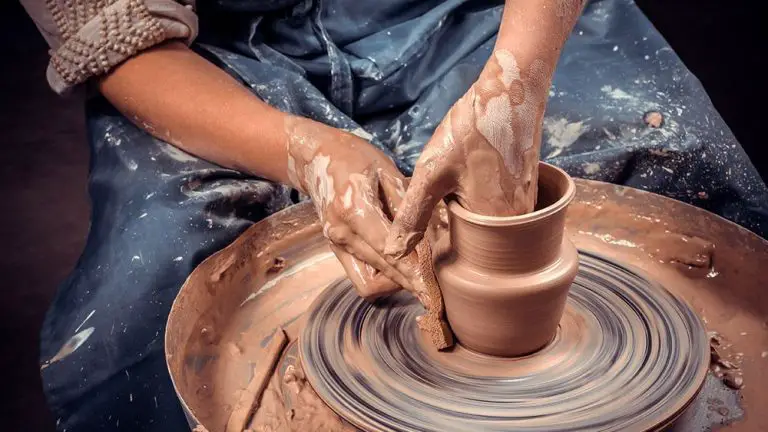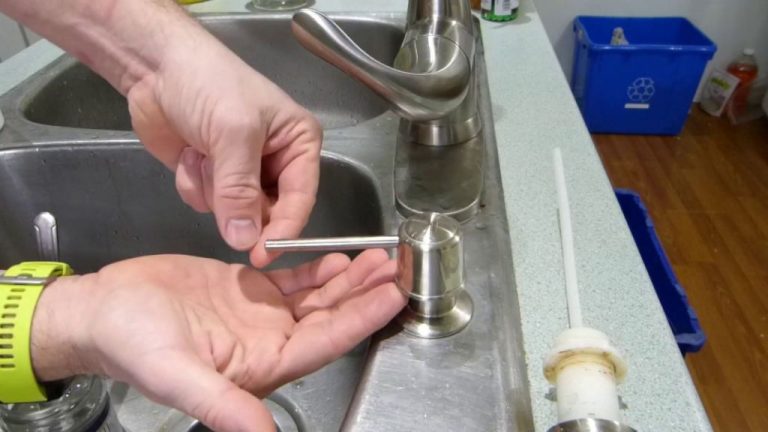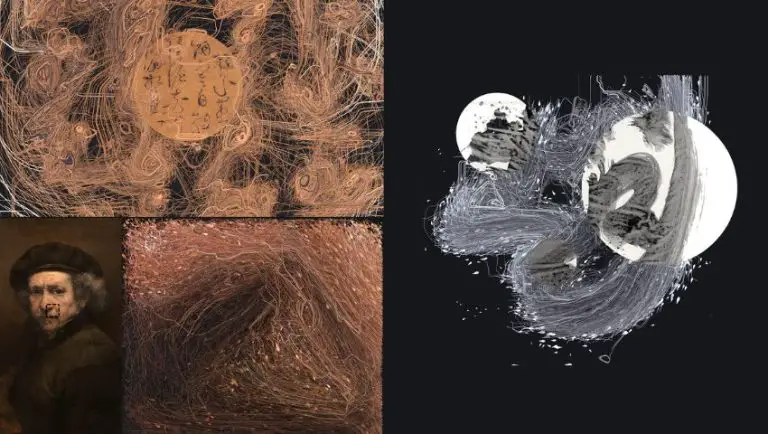Why Are Chalkboards Black?
The History of Chalkboards
Chalkboards originated in 19th century classrooms as an evolution of the individual slates students used to practice writing. In the early 1800s, James Pillans, headmaster of the Old High School of Edinburgh, created one of the first chalkboards by connecting multiple student slates together into a larger writing surface that allowed an entire class to see the content (“The History of Chalkboards,” Back Then History, https://www.backthenhistory.com/articles/the-history-of-chalkboards). This early version of the chalkboard replaced individual slates and enabled teachers to write information that the whole class could see at once.
Why Were Early Chalkboards Black?
The earliest chalkboards were made from natural slate stone, which has a dark gray or black color. Slate was readily available and easy to carve into smooth writing surfaces. According to sources, the first use of slate chalkboards in classrooms dates back to the early 1800s at West Point Military Academy in the United States.
Once manufactured chalkboards became available later in the 19th century, they were typically painted with a dark charcoal-based paint, even if not made of real slate. This was done to make the boards resemble real slate as closely as possible. The dark color provided good contrast with the white chalk used for writing. So even as materials advanced, black remained the standard color for chalkboards based on tradition.[1]
Advantages of Black Chalkboards
Black chalkboards became the standard for classrooms for several key reasons. First, chalk shows up extremely well against the dark background. The high contrast between the white chalk and the black board makes writing easy to see from anywhere in the classroom. This ensures students in the back of the room can read notes as clearly as those sitting up front.
Additionally, the dark color of traditional slate chalkboards helps reduce glare. Glare can be an issue with highly reflective writing surfaces. But the black, matte finish of a slate chalkboard absorbs light rather than reflecting it. This creates a glare-free surface ideal for classrooms with abundant natural lighting. According to research, properly designed chalkboards can reduce glare by up to 80% compared to whiteboards (Source). The lack of glare improves visibility and reduces eyestrain.
Later Color Options
While early chalkboards were black due to the color of the slate material, later advancements allowed for different colors. In the early 20th century, green porcelain enamel boards emerged as an alternative to traditional black slate. The pigmented glass coating on these chalkboards resulted in a smooth, durable surface that showed chalk well. Green chalkboards became popular in schools during this time. According to Wikipedia, “Green porcelain enamel surface, was first used in 1930, and as this type of boards became popular, the word blackboard was retained even though these modern boards were usually green.”
Another innovation came in the 1960s with the invention of the whiteboard. Whiteboards provided a glossy, wipeable surface for markers rather than chalk. According to Clarus, “Whiteboards were invented in the 1960s as the premiere collaboration tool and quickly found their way into office buildings and schools across the country.” While whiteboards offered advantages, black chalkboards remained the dominant classroom technology for decades.
Why Black Remains Dominant
Although alternatives exist today, black chalkboards remain the dominant choice in most classrooms for several key reasons:
First, black chalkboards benefit from tradition and familiarity. Generations of students and teachers are accustomed to the classic look of a dark slate board with white chalk writing. This consistency across decades makes blackboards seem comforting, nostalgic, and part of the school experience.
Additionally, the high contrast between the black background and the light chalk provides good visibility for students in the back of the classroom. The dark color helps the bright white chalk writing stand out crisply and clearly. This visual pop makes it easier for students to read the board from their desks without eye strain.
According to interior designers, the interplay between the black and the white also creates a pleasing, balanced aesthetic. The bold black grounding gives energy to the white chalk drawings and writing. So black chalkboards remain popular in part for their timeless, dramatic look.
Overall, though innovations have emerged, black slate chalkboards stand the test of time due to tradition, visibility, and striking visual style.
Chalkboards vs. Whiteboards
Chalkboards and whiteboards each have their own advantages and disadvantages when it comes to visibility, ease of erasing, and maintenance.
In terms of visibility, chalkboards often provide better contrast with the dark surface and light chalk, making writing easier to see from a distance. Whiteboards can sometimes blend in too much with brightly lit rooms or appear washed out (University of Florida, 2013). However, whiteboards allow for a wider variety of colored markers to be used for emphasis.
Chalkboards do require more effort to erase thoroughly, as chalk can leave behind ghosted remnants. Whiteboards have smooth surfaces that markers glide across and are easy to wipe completely clean (University of Florida Senate Committee, 2013). However, whiteboards can slowly become permanently stained without proper cleaning.
In terms of maintenance, chalkboards need to be regularly conditioned and re-coated to maintain a smooth writing surface. Whiteboards may warp or bubble over time, requiring replacement of the boards themselves.
Overall, both chalkboards and whiteboards have tradeoffs when it comes to visibility, ease of erasing, and maintenance needs.
Future Classroom Technology
Classroom technology continues to rapidly evolve. Many experts predict interactive smart boards, tablets, and laptops will become standard in classrooms of the future.
Interactive smart boards allow teachers to display content and write directly on a large touchscreen. This replaces traditional chalkboards and whiteboards while adding enhanced capabilities. Teachers can save their notes, quickly pull up multimedia content, and collaborate with remote students on the smart boards (Source).
Tablets and laptops for every student, instead of shared computer labs, will likely become the norm. This allows for more engaging, customized, and paperless learning. Students can access interactive assignments, tools, and educational software on their own devices. These can be used both in the classroom and remotely (Source).
While these technologies offer many benefits, teachers will still be vital to provide guidance, feedback, and a human connection. Striking the right balance of technology integration while retaining interpersonal learning will remain an ongoing consideration in the future of education.
Nostalgia for Chalkboards
Many people feel a sense of nostalgia for old-fashioned chalkboards, associating them with a traditional educational experience. Chalkboards conjure up images of teachers writing lessons by hand and students working math problems at the board. Their unique aesthetic style captures the imagination. Though chalkboards have widely been replaced by dry erase whiteboards or digital smart boards in modern classrooms, they remain appealing in decor.
Chalkboards represent school days gone by for previous generations who learned with chalk and slate boards. The scratching sound of chalk on the board and the chalky powder rubbed onto hands and clothing bring back memories. Chalkboards connect to feelings of familiarity and comfort from the past. Seeing chalkboards used as wall décor or menu boards at restaurants satisfies a yearning for simpler times.
According to The NeXtime Facebook page, “The nostalgia for chalkboards is real for many people. ✨ Did you have one in your classroom, home, or workplace? Share your memories!” (Source). Chalkboards remind people of their educational experiences and evoke nostalgia through their classic look and feel.
Notable Uses of Blackboards
Blackboards have been a classroom staple for generations, as evidenced by historical photos dating back to the early 20th century. Images of teachers writing on large slate chalkboards, with students sitting at wooden desks, capture a classic representation of old-fashioned school days. These historical classroom scenes represent a familiar setting and feeling of traditional education (Getty Images, 2023).
Chalkboards have also made many noteworthy appearances in films, television shows, and other media. They are often used symbolically to represent wisdom and learning. Famous examples include astrophysicist Stephen Hawking writing complex equations on chalkboards in The Theory of Everything, and Professor Kingsfield lecturing from the front of the classroom in The Paper Chase. The massive chalkboard in Good Will Hunting highlights the genius of Will’s character. These memorable uses in popular culture help reinforce the blackboard as an icon of education and intelligence (Alamy, 2023).
Conclusion
Black chalkboards have endured as the classroom standard for multiple reasons. Part of it is tradition and nostalgia – we’re simply used to the look of blackboards from our school days. But there are also practical benefits to their continued use.
The high contrast between chalk and a black surface makes writing more legible. The dark background helps chalk markings stand out, whereas light-colored boards can make writing appear faint and hard to see. The color also reduces glare that can reflect off the board and cause eyestrain.
While technology has opened up more options like whiteboards and smart screens, traditional black chalkboards still have unique advantages. They don’t require electricity, batteries, special pens, or periodic calibration. Chalk is cheap and easy to use. The surface can be cleaned off but retains a hint of the history of past lessons and notes. And the simple, raw nature of chalk on a slate evokes nostalgia for school days gone by.
More than just tradition, practical factors have kept the iconic blackboard a classroom staple. But new options continue to emerge, and the future of writing surfaces remains to be seen.





